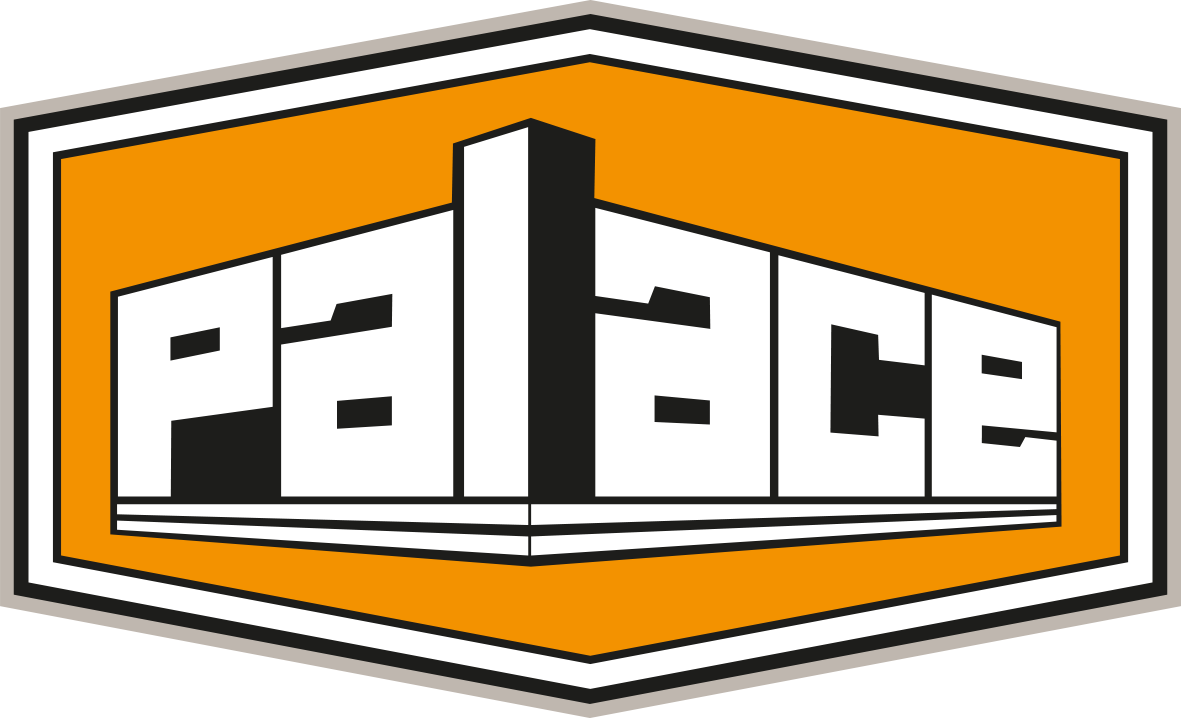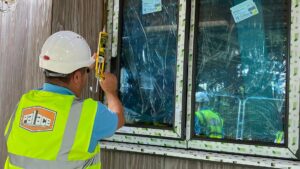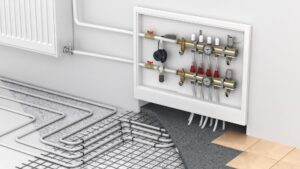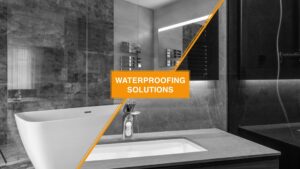In the first of a series of columns for TSJ, Jim Percival, technical director at Palace Chemicals, considers how sustainability needs to start with product formulations if it is to mean anything substantial for a tile adhesive and grout manufacturer.
Sustainability is a top buzzword in our industry just now – and quite rightly there is focus on how we must improve our sustainability performance as an industry, to play our part in reaching Net Zero by 2050. But to those of us involved in developing new products, this process must start with material sourcing and integrating those materials into our formulations. Although marketing has a role to play of course, I don’t believe we will have achieved our objectives, if this topic remains the preserve of marketing departments, as there is always a danger of slipping into “greenwashing”.
Manufacturers are stepping up to the challenge by offering a variety of new products which have a sustainability benefit, without compromising on quality or effectiveness. These include building products incorporating significant proportions of milled crushed glass, rather than quarried sand. Added to air and noise pollution, together with the damage to biodiversity caused by quarrying activities, estimates suggest 44 billion tonnes of sand (which is a finite resource) is used each year right across the construction sector. So, replacing sand with recycled waste materials is another small step towards a more sustainable future, and alternative solutions such as this will actually promote recycling, rather than the depletion of natural resources.
Although Portland cement remains the primary source of the carbon footprint attributable to the construction sector, there are product developments that enable the increased use of established Portland cement substitutes, which have known beneficial pozzolanic properties in the finished product that will maintain quality and performance, thus significantly reducing the level of feedstock needed from high energy demand processes.
Approved cement substitutes are drawn from waste streams in other industries such as steel manufacture and quarrying and their use in the construction industry will not only continue to divert these materials from entering general waste management facilities such as landfill, but will further reduce the carbon footprint of the building products they are incorporated in.
When introducing more sustainable formulations, it is often possible to combine these with performance enhancements as well. An example is the new generation of lightweight tile adhesives, such as Palace Chemicals’ own EXTRA-LITE range of ultra-lightweight, thin and thick-bed, flexible tile adhesive which contains more than 40% recycled materials, comprising sustainable repurposed raw materials taken from low carbon production processes.
In addition to their sustainability benefits, such products make possible a significant increase in coverage capability, enabling users to transport reduced weight loads to each job whilst meeting the needs of the modern tiling market, where lightweight easy-to-use products are preferred by the fixers.
These new low density powder adhesives, when mixed with water, create a high-yield, lightweight and easy-to-apply paste with an extended open time and 50% reduced weight for each square metre applied. This is achievable while also providing a more sustainable choice for users.
Technology designed for containing and reprocessing in-house generated recycled raw materials is another a major factor in developing sustainable processing solutions, which is demonstrated by investments in new production technology. The installation of multi-line automated extraction systems means that dust and waste materials can be collected recovered, monitored & stored before being automatically reprocessed incrementally back into the manufacturing plant under refined dosing arrangements. This micro-dosing technology ensures that product consistency is always controlled, whilst all the dust generated from the powder’s storage and production process is returned and reused as part of the finished products’ recycled raw material content.
Packaging is also an area which has received increased attention in recent years, some of it driven by changes in taxation regulations. Many manufacturers have worked with their packaging suppliers to convert the composition of millions of containers, so that they are now produced with significant levels of post-consumer recycled plastic (PCR). It is also now becoming increasingly possible with improved pack design technology to remove plastic from composite paper sacks to a degree which maintains their ability to keep out moisture whilst the empty sack can then be classed as recyclable within a paper waste stream.
Further reductions in raw material packaging waste can be made by increasingly extending the use of automated bulk transfer equipment for 4 the handling of even low-level additions of raw materials. As well as reducing packaging waste this will also reduce the volume and frequency of transportation and energy used in material handling to and from the manufacturing plant.
Other aspects of logistics can also play an important role. When developing new products, consider where those raw materials are going to come from. Are they based as locally as possible? Are distribution drops carried out as efficiently as possible, reducing the number of visits to the plant and avoiding being supplied in part-loads or with empty return vehicles.
Finally, it is important for all of us to make the case for tiles. We know the industry has work which it must do in order to improve its sustainability positioning, in particular with regard to sourcing. However, there is a positive story to tell as well, which we need to promote. Compared to the alternatives, tiles are durable, long lasting, inert, recyclable, VOC-free and can contribute to the thermal mass (energy efficiency) of a building.
When used in combination with the modern generation of sustainably manufactured adhesives and grouts, tiled surfaces can provide the complete sustainable solution for wall and floorcoverings in domestic and commercial applications.
